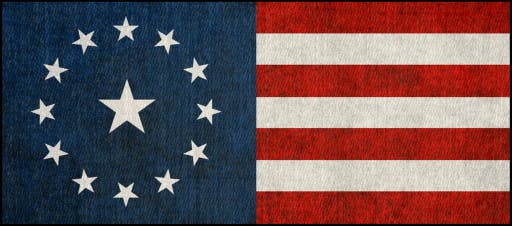Supreme Court case No. 22-380 regarding the 2020 election just hit the docket... (Response due November 23, 2022)
It involves the possible removal of a sitting President and Vice President of the United States, along with members of the United States Congress.
This action is against 388 federal officers in their official capacities which include President Joseph Robinette Biden Jr, Vice President Kamala Harris, Speaker of the House Nancy Pelosi and former Vice President Michael Richard Pence (“Respondents”).
Check the document for the full list. Also, it is about the congress ignoring over one hundred claimants, on J6, that the election was rigged. They did not investigate the claim, as they should have, and installed Biden. Under the constitution, this is treasonous, as they were aiding the enemy.
When the allegations of a rigged election came forward, the respondents had a duty under law to investigate it or be removed from office.
-
QUESTIONS PRESENTED
A serious conflict exists between decisions rendered from this Court and lower appeal courts, along with constitutional provisions and statutes, in deciding whether or not the trial court has jurisdiction to try the merits of this case.
This case uncovers a serious national security breach that is unique and is of first impression, and due to the serious nature of this case it involves the possible removal of a sitting President and Vice President of the United States along with members of the United States Congress, while deeming them unfit from ever holding office under Federal, State, County or local Governments found within the United States of America, and at the same time the trial court also has the authority, to be validated by this Court, to authorize the swearing in of the legal and rightful heirs for President and Vice President of the United States. In addition there are two doctrines that conflict with each other found in this case affecting every court in this country. These doctrines are known as the doctrine of equitable maxim and the doctrine of the object principle of justice. Equitable maxim created by this court, which the lower court used to dismiss this case, sets in direct violation of the object principle of justice also partially created by this Court and supported by other appeal courts and constitutional provisions.
These conflicts call for the supervisory power of this Court to resolve these conflicts, which has not, but should be, settled by this Court without delay.
https://www.supremecourt.gov/search.aspx?filename=/docket/docketfiles/html/public/22-380.html



